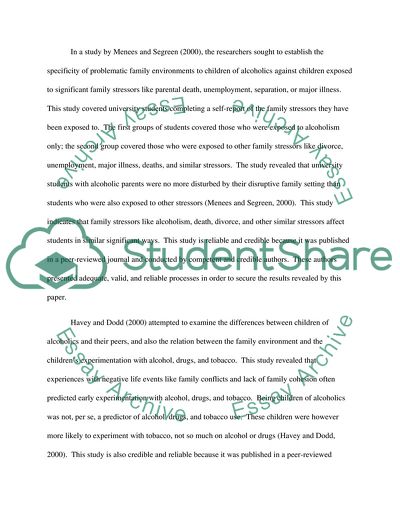Cite this document
(“Children of Alcoholics Research Paper Example | Topics and Well Written Essays - 1500 words”, n.d.)
Children of Alcoholics Research Paper Example | Topics and Well Written Essays - 1500 words. Retrieved from https://studentshare.org/health-sciences-medicine/1728912-children-of-alcoholics
Children of Alcoholics Research Paper Example | Topics and Well Written Essays - 1500 words. Retrieved from https://studentshare.org/health-sciences-medicine/1728912-children-of-alcoholics
(Children of Alcoholics Research Paper Example | Topics and Well Written Essays - 1500 Words)
Children of Alcoholics Research Paper Example | Topics and Well Written Essays - 1500 Words. https://studentshare.org/health-sciences-medicine/1728912-children-of-alcoholics.
Children of Alcoholics Research Paper Example | Topics and Well Written Essays - 1500 Words. https://studentshare.org/health-sciences-medicine/1728912-children-of-alcoholics.
“Children of Alcoholics Research Paper Example | Topics and Well Written Essays - 1500 Words”, n.d. https://studentshare.org/health-sciences-medicine/1728912-children-of-alcoholics.


